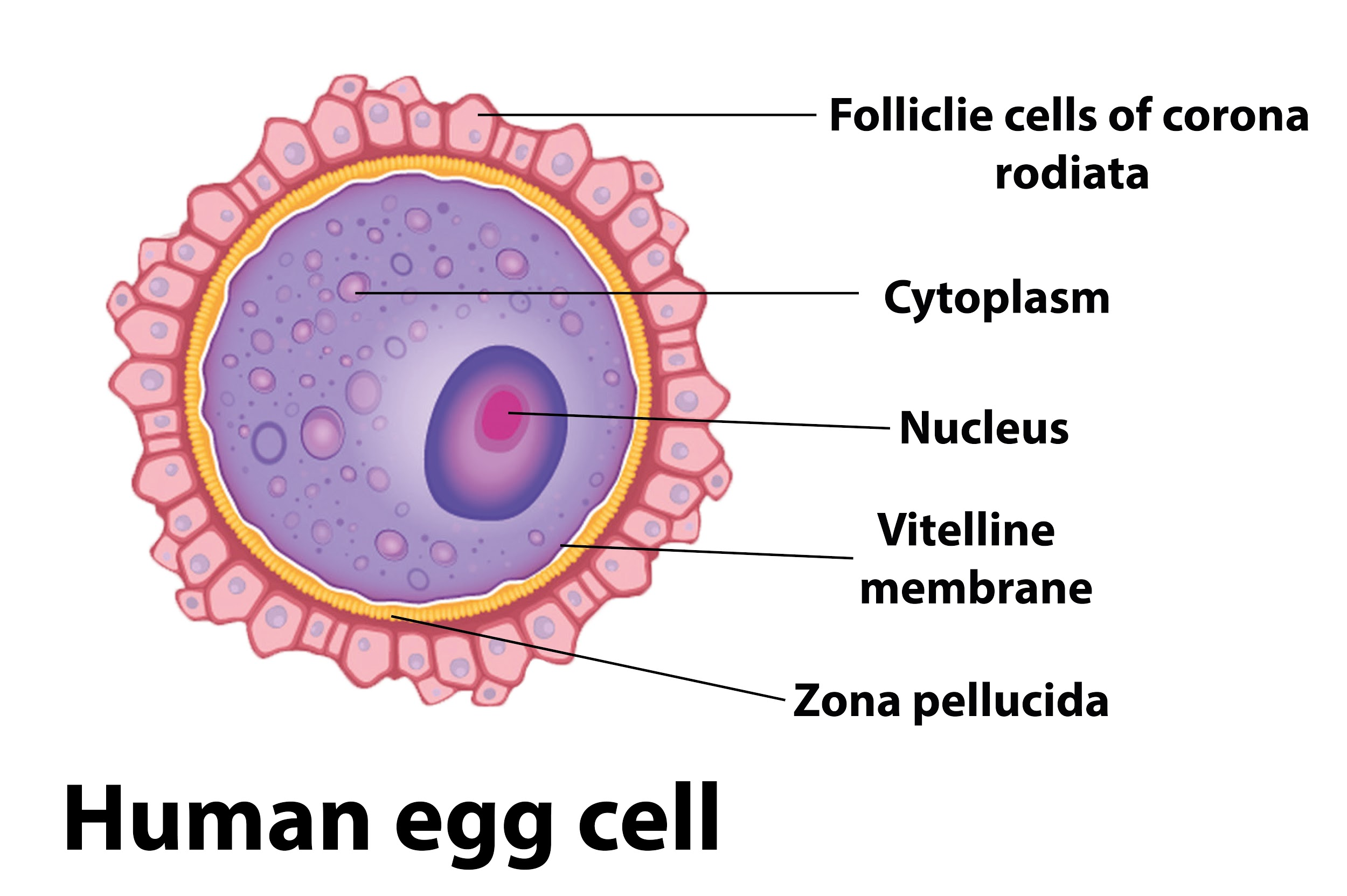
Name the smallest cell and the largest cell in the Human.
Answer
502.8k+ views
Hint: A cell is described as the smallest, basic unit of life and also in charge of all the processes of life. They are found in different sizes ranging from 0.1mm to 18 cm.
Complete answer:
Cerebellum’s Granule Cell is the smallest in the human body. It is between 4 micrometers to 4.5 micrometers long. The cerebellar granule cells receive excitatory input from 3 or 4 mossy fibers that originate from pontine nuclei. The mossy fibers make an excitatory connection with the granule cells to fire an action potential.-Most scientists have suggested that sperm is the smallest cell in terms of volume. The sperm cell head measures about 4 micrometers in length, it is just slightly smaller than a red blood cell (RBCs).-The size of RBC was also found to be nearly 5 micrometers in length. It carries oxygen from the lungs to the different parts of the body.
The largest known cell is the ovum in the human female body. The ovum is also called the egg cell. It is the reproductive cell in the female body. Ovum is 20 times bigger than the sperm cells that have a diameter of about 0.1 mm.

Note: -The smallest cell is Mycoplasma gallicepticum found in domestic poultry. It is about 10 micrometers in size.
-The largest cell is an egg of an ostrich, that is about 15 to 18 cm long and wide.
-Laid end to end, an adult’s blood vessels could circle Earth’s equator four times and the Information zooms along nerves at about 400kmph.
Complete answer:
Cerebellum’s Granule Cell is the smallest in the human body. It is between 4 micrometers to 4.5 micrometers long. The cerebellar granule cells receive excitatory input from 3 or 4 mossy fibers that originate from pontine nuclei. The mossy fibers make an excitatory connection with the granule cells to fire an action potential.-Most scientists have suggested that sperm is the smallest cell in terms of volume. The sperm cell head measures about 4 micrometers in length, it is just slightly smaller than a red blood cell (RBCs).-The size of RBC was also found to be nearly 5 micrometers in length. It carries oxygen from the lungs to the different parts of the body.
The largest known cell is the ovum in the human female body. The ovum is also called the egg cell. It is the reproductive cell in the female body. Ovum is 20 times bigger than the sperm cells that have a diameter of about 0.1 mm.

Note: -The smallest cell is Mycoplasma gallicepticum found in domestic poultry. It is about 10 micrometers in size.
-The largest cell is an egg of an ostrich, that is about 15 to 18 cm long and wide.
-Laid end to end, an adult’s blood vessels could circle Earth’s equator four times and the Information zooms along nerves at about 400kmph.
Recently Updated Pages
Master Class 11 Economics: Engaging Questions & Answers for Success

Master Class 11 Business Studies: Engaging Questions & Answers for Success

Master Class 11 Accountancy: Engaging Questions & Answers for Success

Master Class 11 English: Engaging Questions & Answers for Success

Master Class 11 Computer Science: Engaging Questions & Answers for Success

Master Class 11 Maths: Engaging Questions & Answers for Success

Trending doubts
State and prove Bernoullis theorem class 11 physics CBSE

1 ton equals to A 100 kg B 1000 kg C 10 kg D 10000 class 11 physics CBSE

State the laws of reflection of light

One Metric ton is equal to kg A 10000 B 1000 C 100 class 11 physics CBSE

Difference Between Prokaryotic Cells and Eukaryotic Cells

1 Quintal is equal to a 110 kg b 10 kg c 100kg d 1000 class 11 physics CBSE




